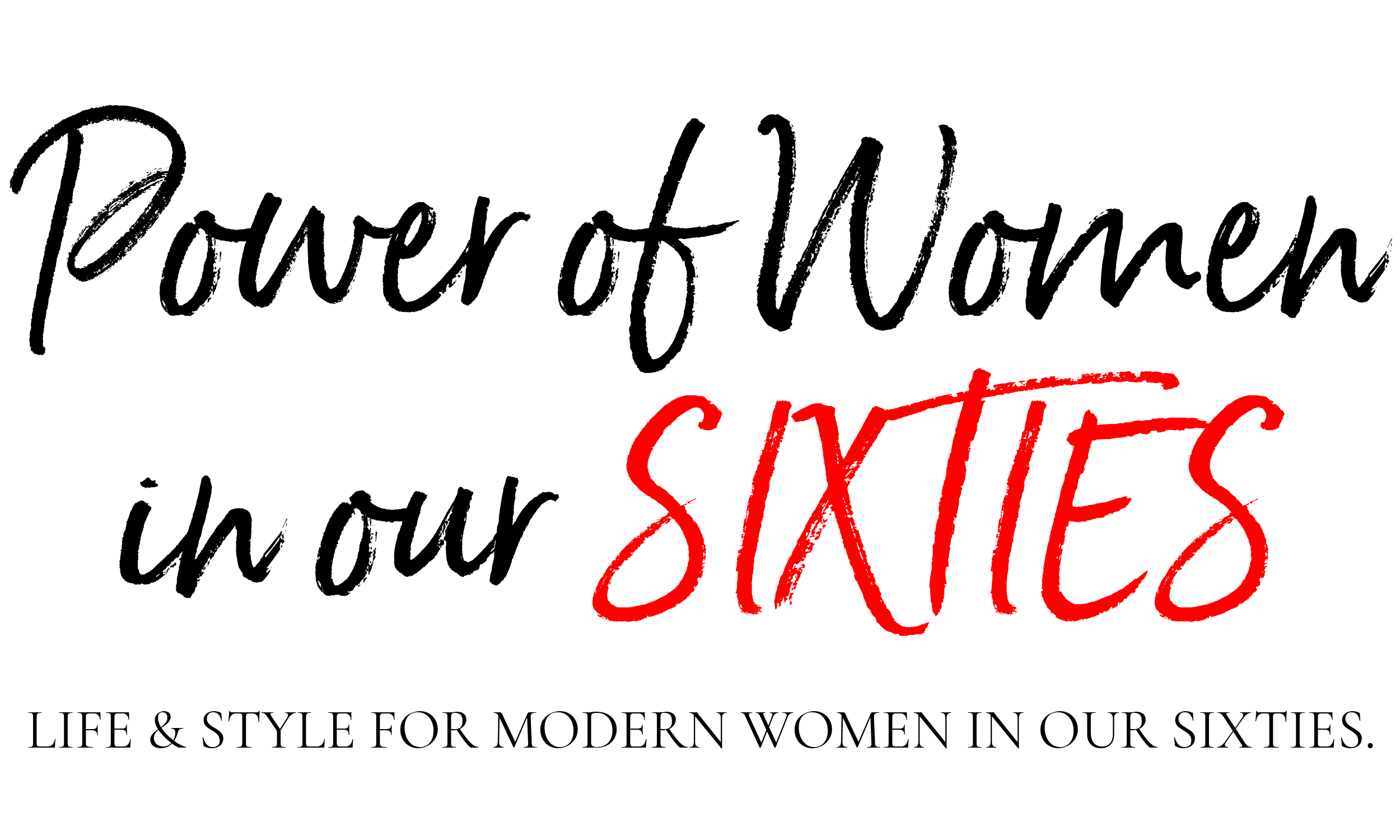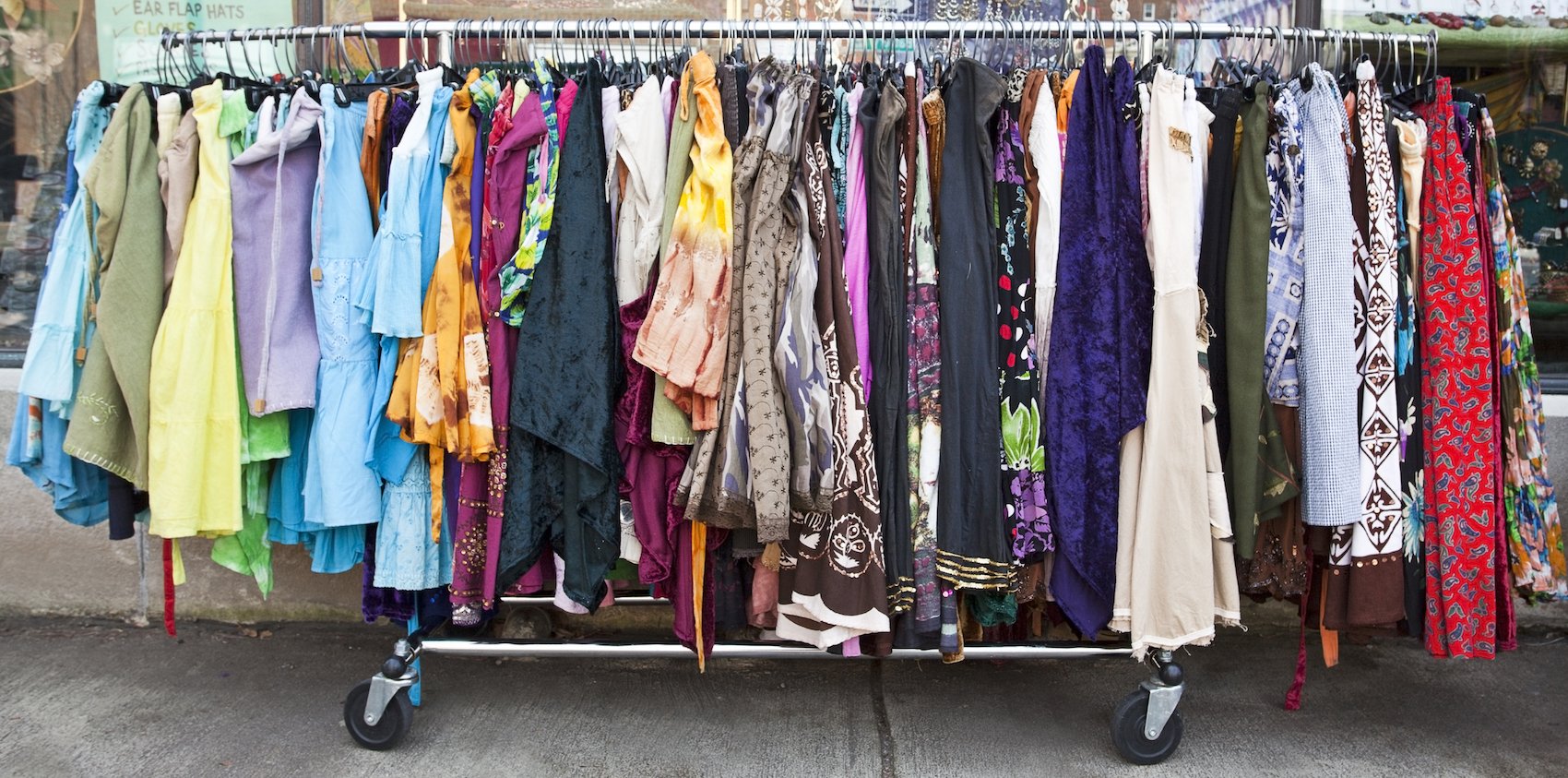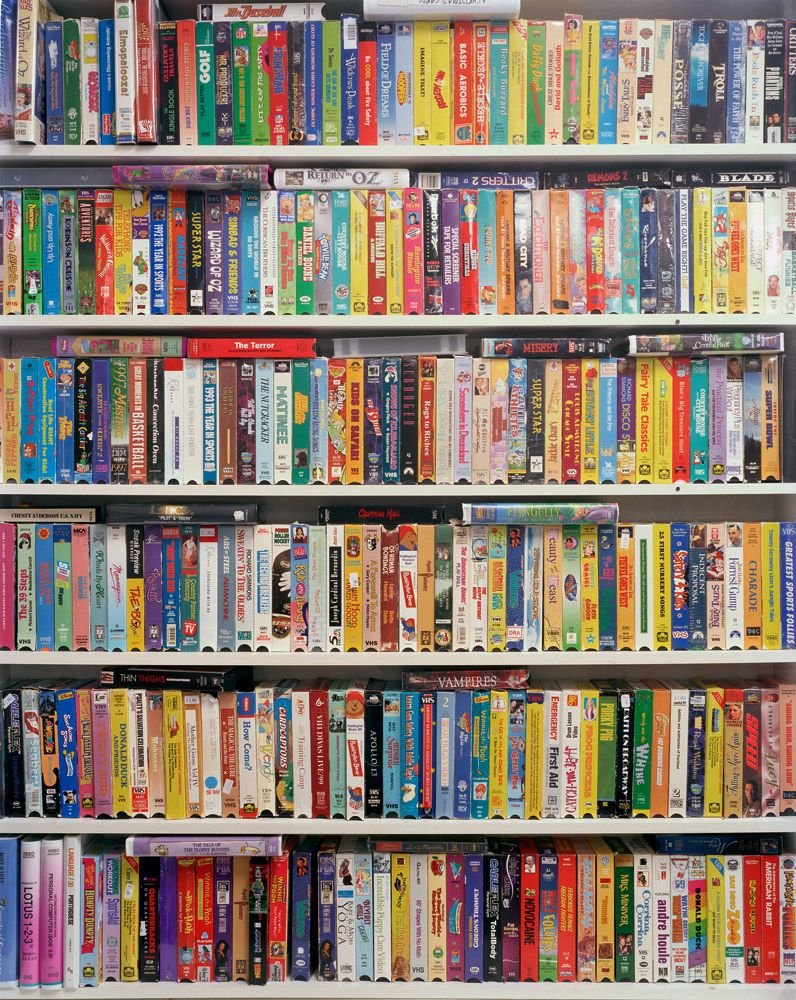The Op Shop Story
In recent years, there has been a growing movement of people demanding more transparency from the businesses they buy from. We want to know where our food was grown, who made our clothes and how the materials for our smartphones were sourced. Many of us try to shop from brands that share our values and try to do more good and less harm. We also make an effort to reduce our impact and change the way we consume by borrowing or buying second hand. In fact 86% of Australians prefer to buy secondhand instead of new and with over 2,400 op shops Australia wide, it’s easier than ever before.
But while we might conduct diligent research on the brands we buy from, how many of us are really familiar with the story behind the op shops (charity thrift shops as you would call them in the United States)? The idea is to vote with our wallet but have you thought about things like what these charitable organisations stand for? How do they deal with pricing items and where does the money go? What programs and services are they running? How are they managing the environmental impact of their stores and what do they do with donations they can’t sell?
Most of us have unwittingly given ourselves a free pass to not worry because hey, we’re shopping second hand and it’s a charitable transaction that’s good for the environment. But it’s a bit more complicated than that. I decided I wanted to know more so I dug a little deeper into three of Australia’s biggest op shop retailers, Red Cross, The Salvos and Vinnies. I wanted to understand their operations a little better and determine for myself how I can best op shop my values
Donations and Waste
Salvos and Red Cross were very eager to talk about how much clothing they had diverted from landfills. Red Cross claim that it “rescues” 450 tonnes of clothing every year, while the Salvos diverted a whopping 12,477 tonnes. But what about the clothing that isn’t sold in stores? Many times op shops receive donations that aren’t suitable for resale. None of the organisations I researched shared information on their websites about how they dispose of these donations. When I reached out to The Salvos their initial response was that they exported this clothing to third world countries.
It is common for unwanted donations to be packed up and shipped off to be sold in developing countries in Asia and Africa. There is a debate about the impact this clothing dump is having on local economies. While it may not be solely responsible for the collapse of local garment manufacturing industries, this imported clothing surely is contributing by flooding the market with cheaper alternatives.
When I pried further, the Salvation Army shared that the clothing they send overseas is used in a few different ways. Some of it is sent to another charity in Madagascar and Mozambique to support women who have lost their husbands and are ostracised from their communities as a result. These women are encouraged to apply for help to start a market stall. They go through a screening process and once approved are given between one to four bales of second hand clothing, depending on the size of their family. The charity donates this first lot of bales to the women who then launder and sell them. They can then continue to buy clothes at greatly reduced prices by the kilograms. The Salvation Army claims that this project has allowed many marginalised women to find ways to break the poverty cycle. Alternatively, some of the unwanted donations are made into blankets for the UN and the remainder is cut up into rags to be recycled into carpet underlay and boxing glove and bag fillers.
How do Vinnies and Red Cross manage the impact of their unwanted clothing donations? Who knows?
Pricing
There has been increasing complaints about how prices at op shops have gone through the roof and that many of the goods they sell are priced too high for those that need them most. Vinnies offers an excellent argument for why this is the case. Each item donated is priced according to the condition and quality it is received in. While the organisation does aim to make the goods it sells as affordable as possible, they also state that they have “a responsibility to price our goods at a rate that allows us to help as many people as possible.” Fair call. For those people suffering financial disadvantage who cannot afford to shop at their stores, Vinnies give away goods free of charge.
The Salvos share that they have an automated discount system to allow people of all income levels to shop with them. Additionally, every day the stores mark some clothing down by 50 percent and heavily reduce other clothes to $2.00 per item.
Advocacy and Impact
You know The Salvos, St Vincent de Paul’s and Red Cross are “doing good” but how? It is hard to sum up all the work that each of these organisations does in a single paragraph. All three charities have information about the programs and service available on their websites but below is a snippet of their impacts.
St Vincent de Paul’s, the organisation behind Vinnies, state very clearly that they focus on giving people a hand up and not a hand out. The organisation works to improve structural barriers and prides itself on carefully listening to the people it works with. St Vincent de Paul’s is very active in advocacy work across a broad range of issues including speaking out against the detention of refugees and asylum seekers and the inadequate support they receive once they are in the community. The organisation conducts research into areas that impact the lives of low-income people and families and have produced a number of reports including The Ache for Home report, released in 2016, that made recommendations to the Federal Government on measures they should take to address the housing affordability and homelessness crisis.
Red Cross is focused on disaster relief and building resilient communities. They head straight to the disaster zones to provide help for those who need it but also educate people before these emergencies occur, visiting schools and local organisations to train communities on disaster preparedness. In 2016, Red Cross launched their #justicereinvest campaign, based on the 2016 Vulnerability Report “Rethinking Justice”. The campaign advocated for some of the billions spent on Australian prisons to be redirected to address the underlying causes of crime and help people impacted by disadvantage. In 2017, the Australian branch of Red Cross continued to work with the wider international Red Cross organisation to provide relief to the ongoing crisis in Syria. The Australian public donated $1.4 million to this appeal.
According to their website, in a single week across Australia the Salvation Army provides approximately 100,000 meals, 2000 beds, 5,000 to 8,000 food vouchers, assistance to 1000 looking for employment, refuge to 500 victims of abuse, assistance to 500 people with drug, alcohol or gambling addictions, counselling and the list goes on. They provide specifically tailored services to local communities across Australia and internationally, including a sponsorship program which allows donors to sponsor education, water, health and other kinds of projects in communities overseas where the Salvation Army sees a need.
Environmental Impact
The Salvos appear to be the only one of the three that measures the environmental impact of its stores. In their 2015/16 sustainability report the organisation details their CO2 emissions and shares how these numbers have changed over the last three years. This is impressive as you can’t improve your impact unless you know what it is in the first place. The data reveals that emissions have increased year on year with a two percent overall rise from 2014/15 to 2015/16 however Salvos puts this down to the opening of new stores. They maintain that for the 2016/17 period they are working on continuously improving the management of waste and recycling. It’s definitely a start.
Religion and Charity
Charity work associated with religion can often be contentious. How organisations integrate religion into the delivery of their programs and services can differ significantly. The Red Cross, The Salvation Army and St Vincent de Paul all clearly state that they don’t discriminate against any people seeking their assistance. Red Cross Australia shares that it does “not take sides in hostilities or engage at any time in controversies of a political, racial, religious or ideological nature.” It’s the Switzerland of op shops.
Both The Salvation Army and St Vincent de Paul’s are religious organisations. St Vincent de Paul’s is a Catholic charity but this seems to be the motivating factor driving their work rather than part of a mission to convert people through programs and services. At no point in my research did I discover anything that recommended volunteers talk to the people they work with about their beliefs. Despite being a Catholic organisation, I found zero mentions of anything related to the marriage equality debate other than a letter from the NSW CEO assuring employees that they would not be discriminated against because of their sexual identity or relationship status. Religion is very present in the work they do but not in a way that seems to impact those that they are serving.
The Salvation Army are less shy about the role of religion in the organisation and as part of their vision statement assert that they are “totally dedicated to reaching other people with the good news of Jesus Christ and leading them to faith.” The organisation is an evangelical part of the universal Christian Church and their beliefs have been met with some controversy. In 2012, in a submission to the Standing Committee on Social Policy and Legal Affairs regarding the Marriage Equality Amendment Bill 2012 and the Marriage Amendment Bill 2012, The Salvation Army stated that:
In the face of emerging alternative lifestyles and modes of living, which in recent years have grown in incidence and open acceptance, The Salvation Army affirms its absolute conviction that the marriage of one man to one woman is a sacred institution ordained by God and that a traditional good-faith commitment to an indissoluble union is one of the most rewarding of life’s decisions for any man or woman, providing the optimal conditions for family life.
In 2016 the Victorian branch of The Salvation Army released a statement in support of the Safe Schools Program. A few weeks later the organisation took a national stance that contradicted the original statement, acknowledging that students who identify as LGBTQI are more vulnerable to bullying and should receive support but that they could not stand behind the Safe Schools Program in its current form. This change of heart was supposedly due to a backlash from the organisation’s supporters.
The Verdict
All three organisations are clearly carrying out very important work throughout Australia but there is still a lot we don’t know. I reached out to all three of the charities with further questions. Vinnies’ reply outlined that they were “unable to comment, as our retail operation falls under our federated structure and is managed on a state by state basis under very different models.” The Salvos were a little more forthcoming and answered most of my questions very briefly but when I sent through follow up questions they were a little more forthcoming. I’m still waiting to hear back from Red Cross.
Transparency in business is so important, no matter if you’re a charity or a multinational corporation. It helps us make informed decisions and support and grow the kind of world we want to live in. If Red Cross, Vinnies and The Salvos were fashion brands, where would you choose to shop?
UPDATE: Since this article was submitted Red Cross has responded to my email. They outlined that 1 million kilograms of clothing donations Red Cross are unable to sell are converted to rags for different businesses to use. Other donations are sold onto third parties to generate additional funds.




